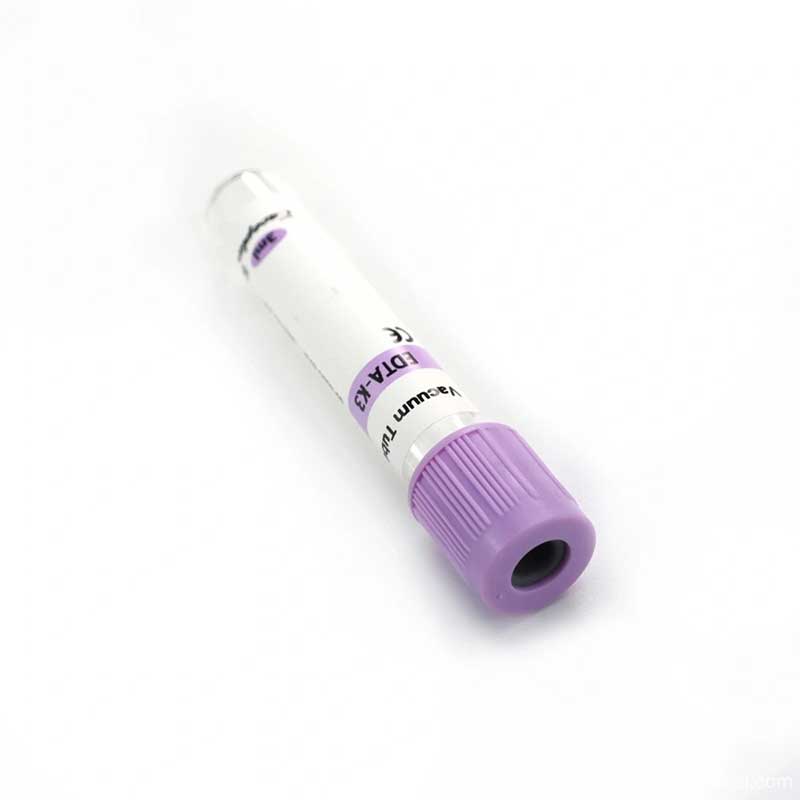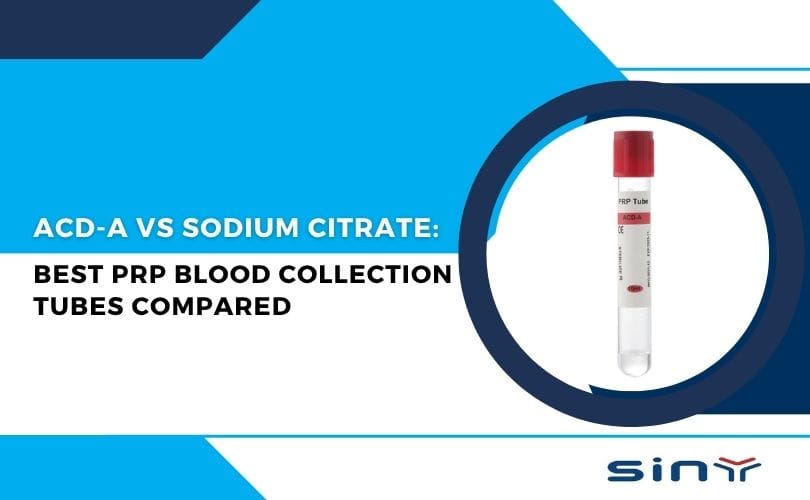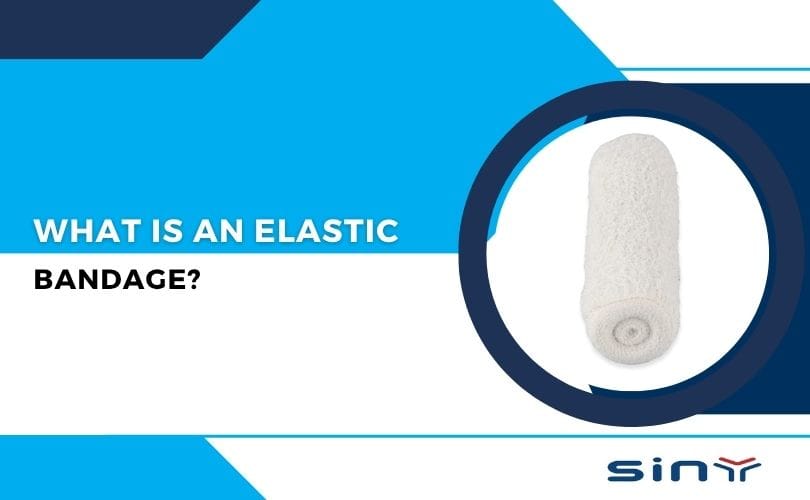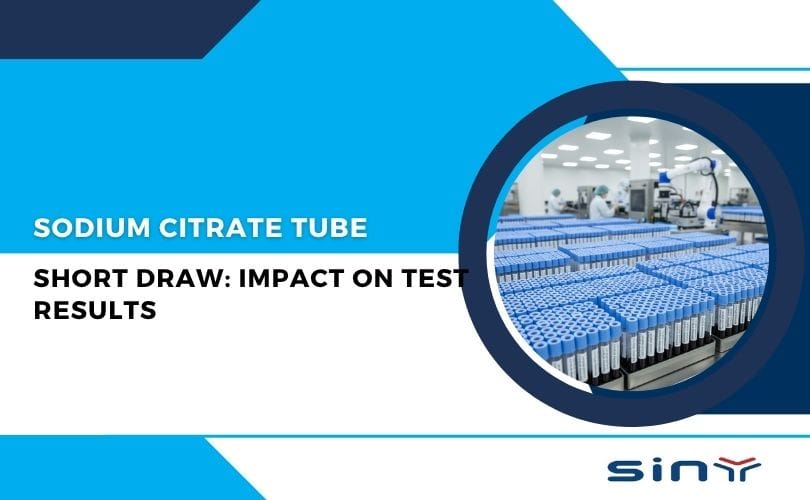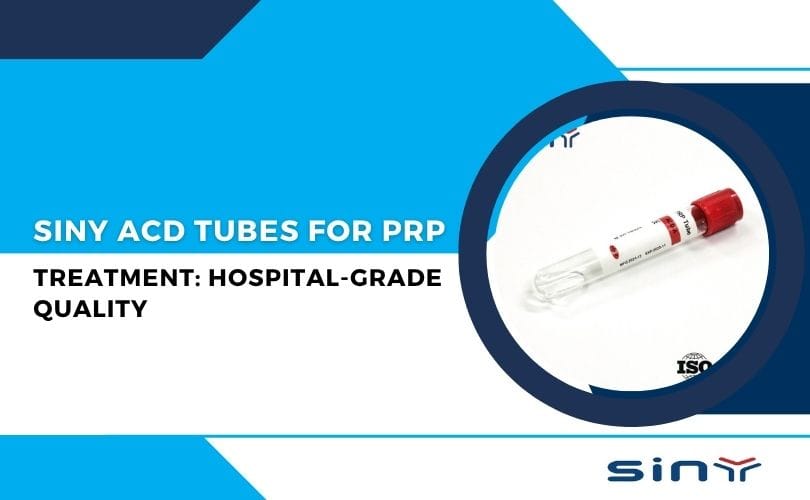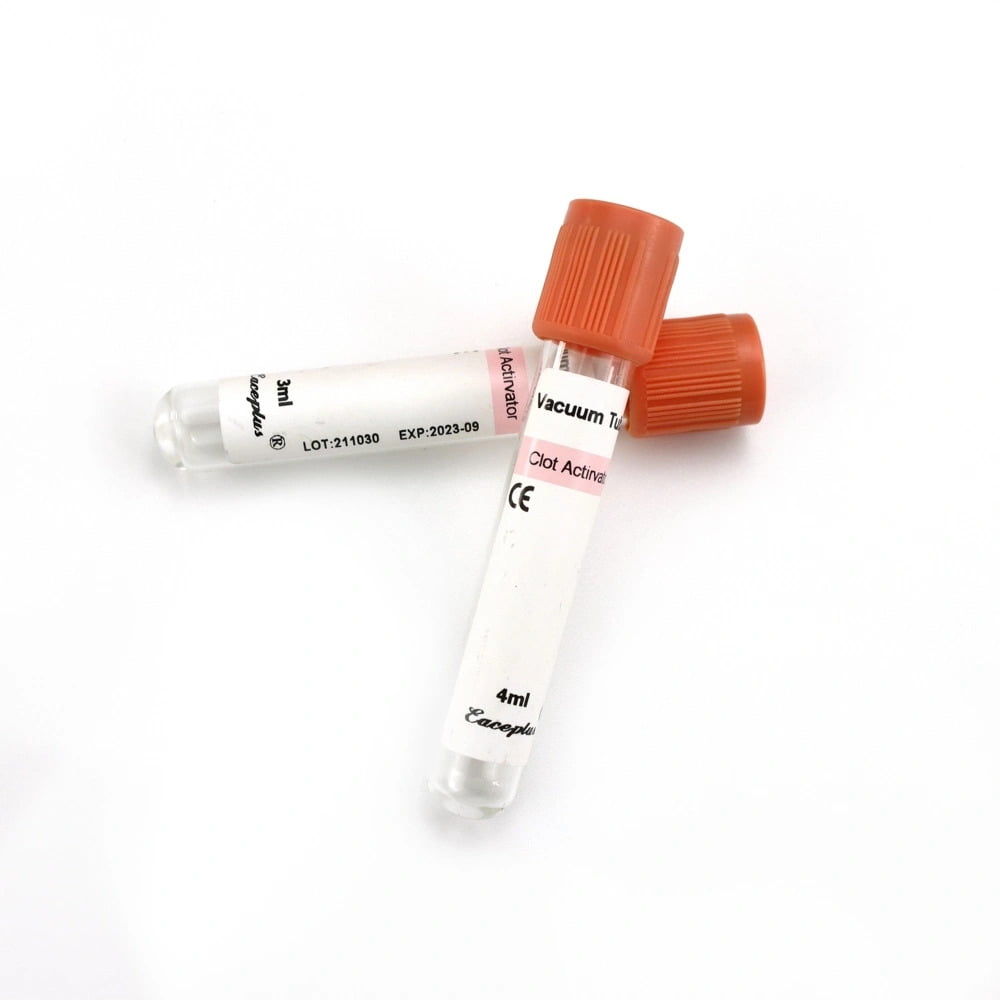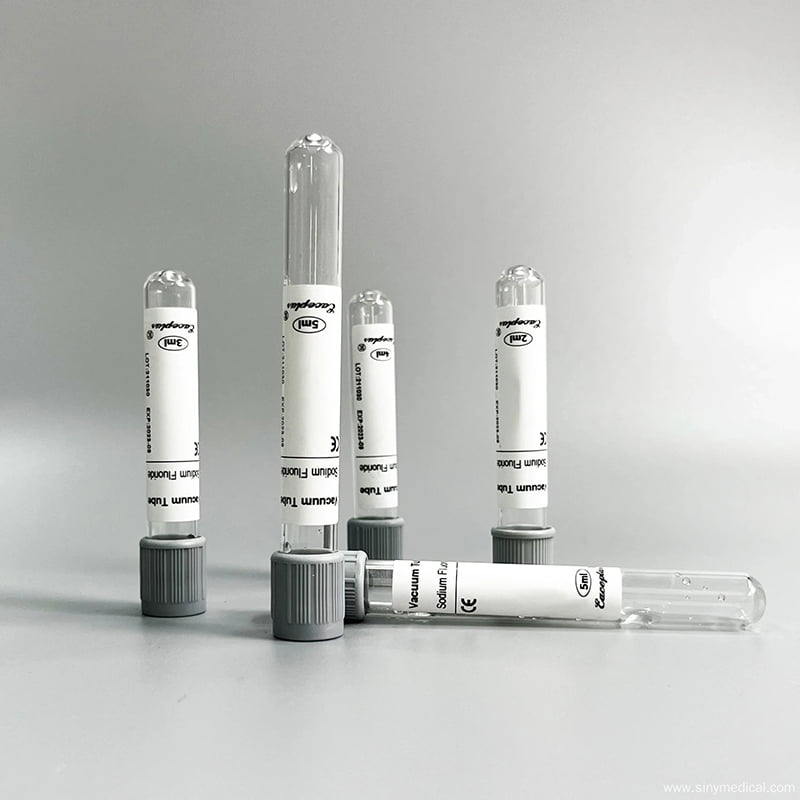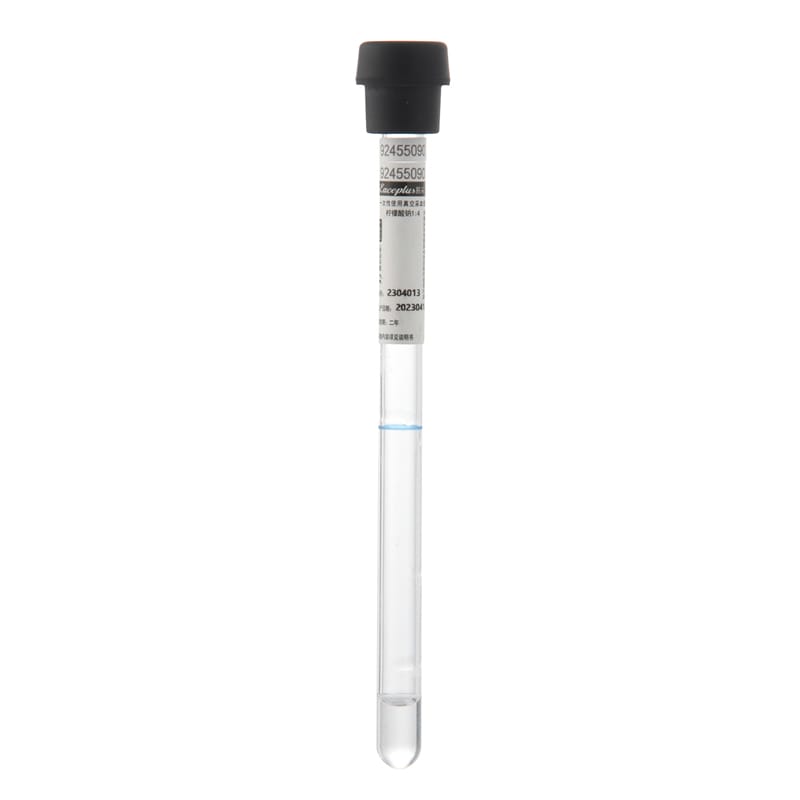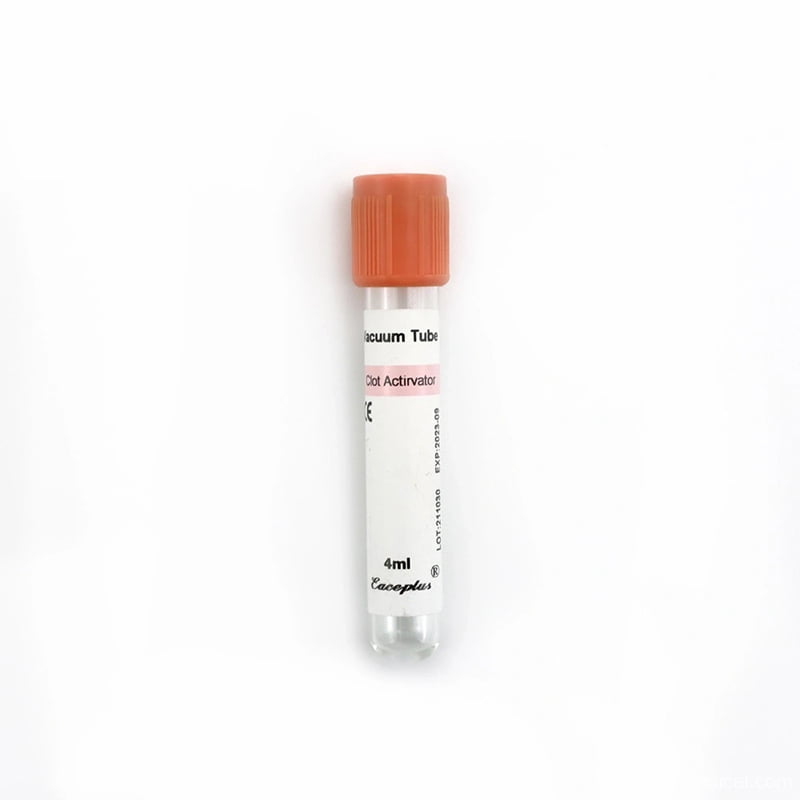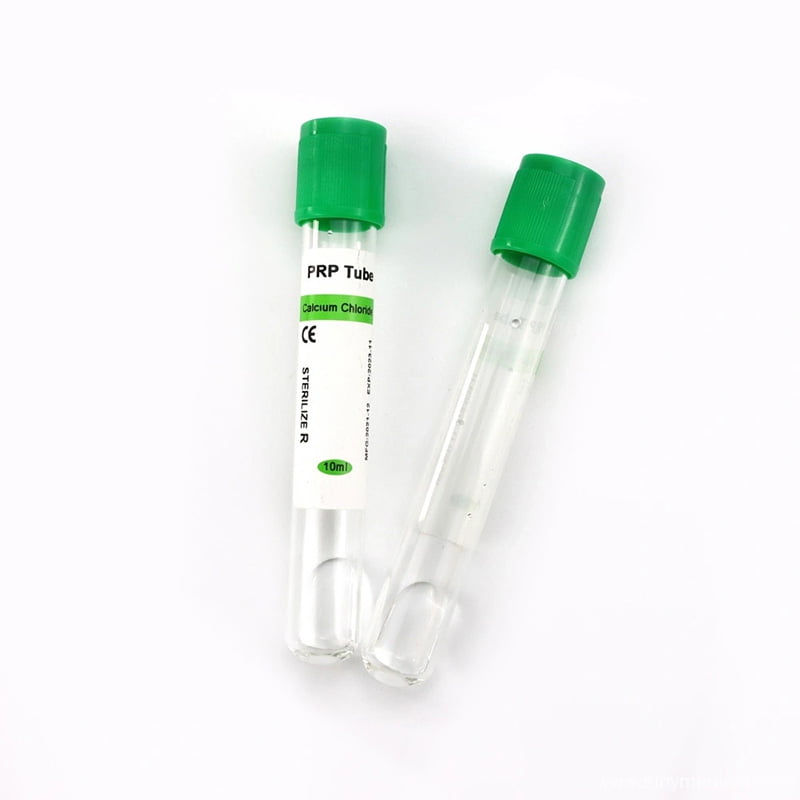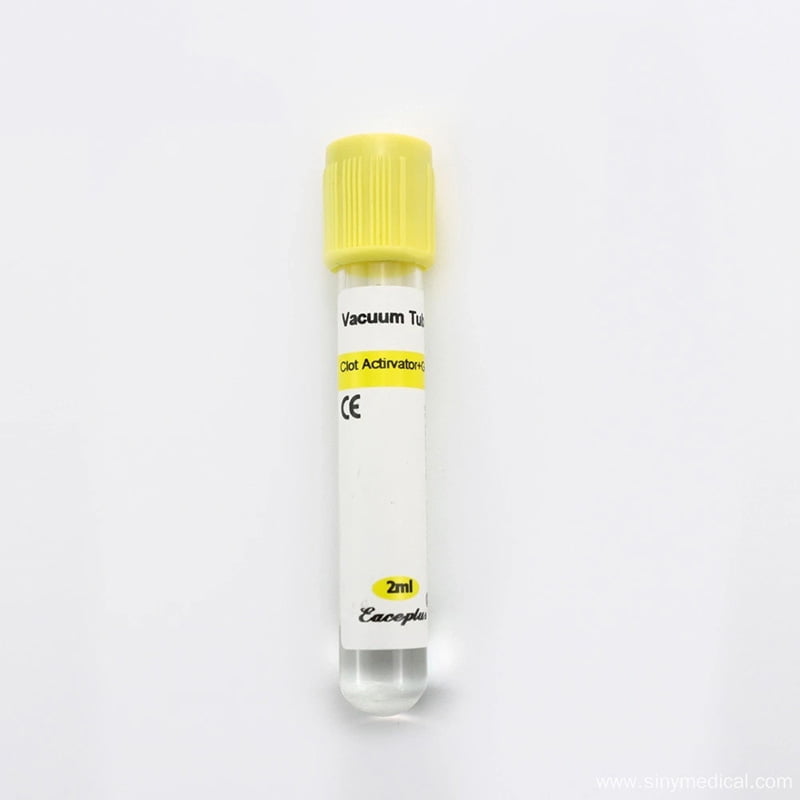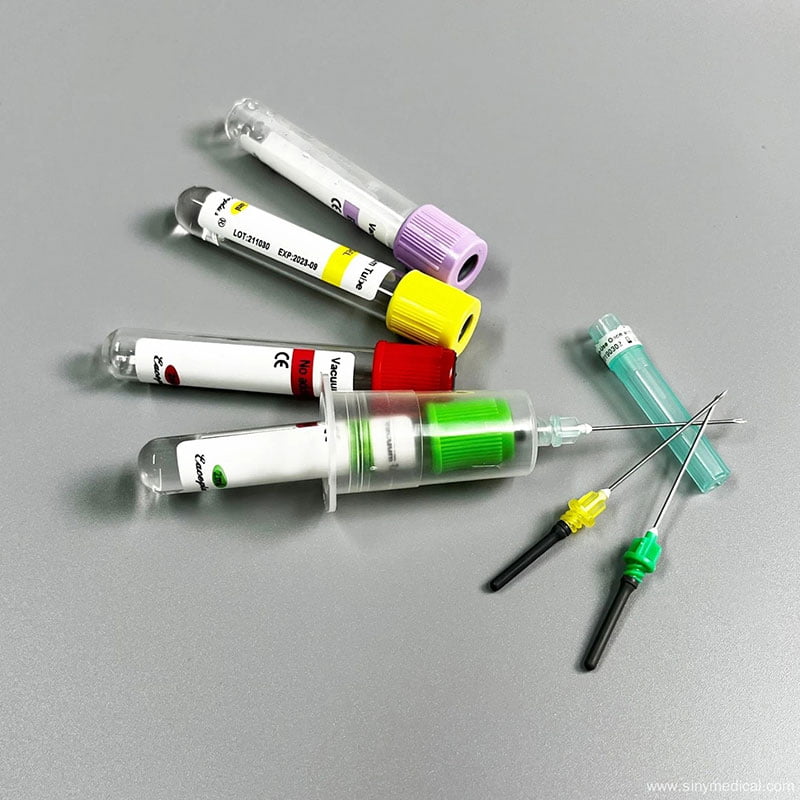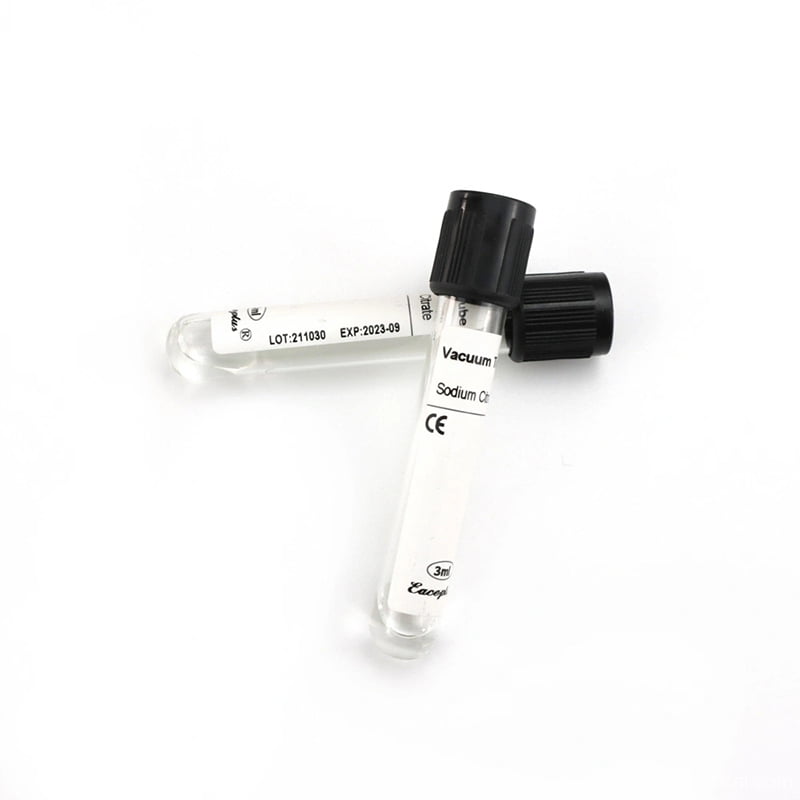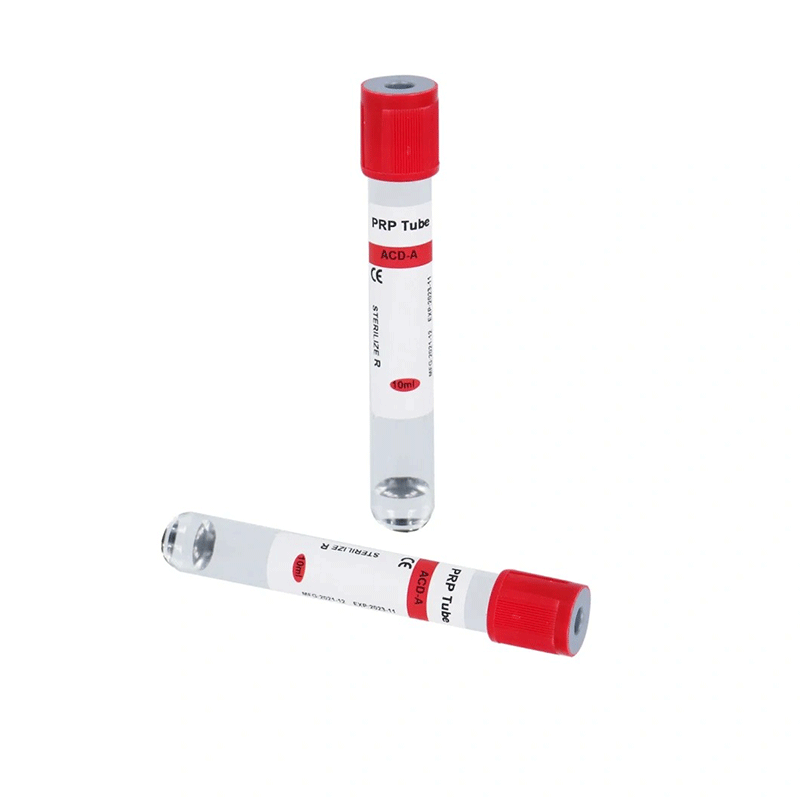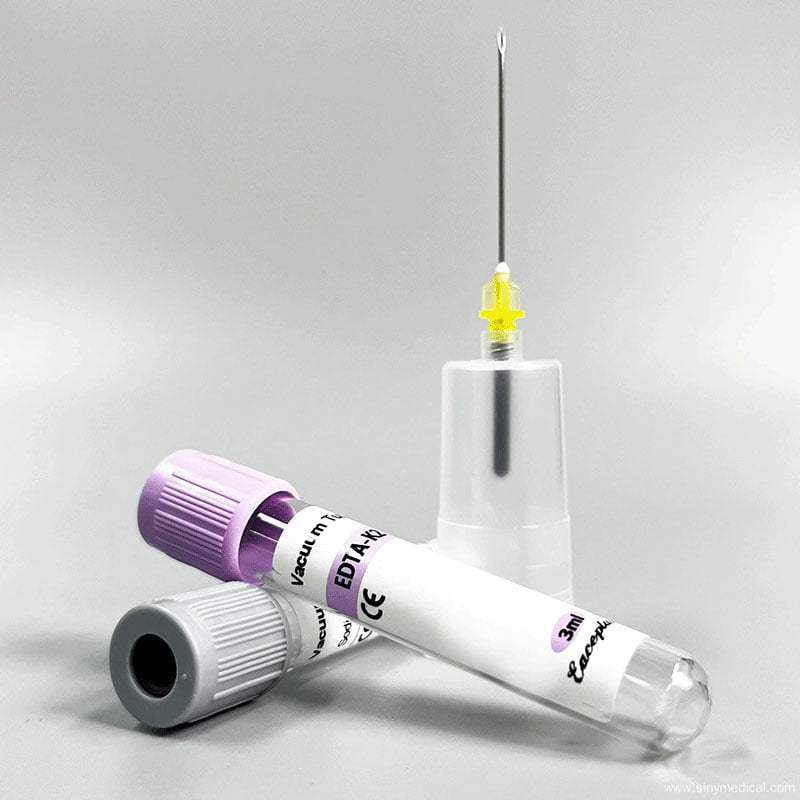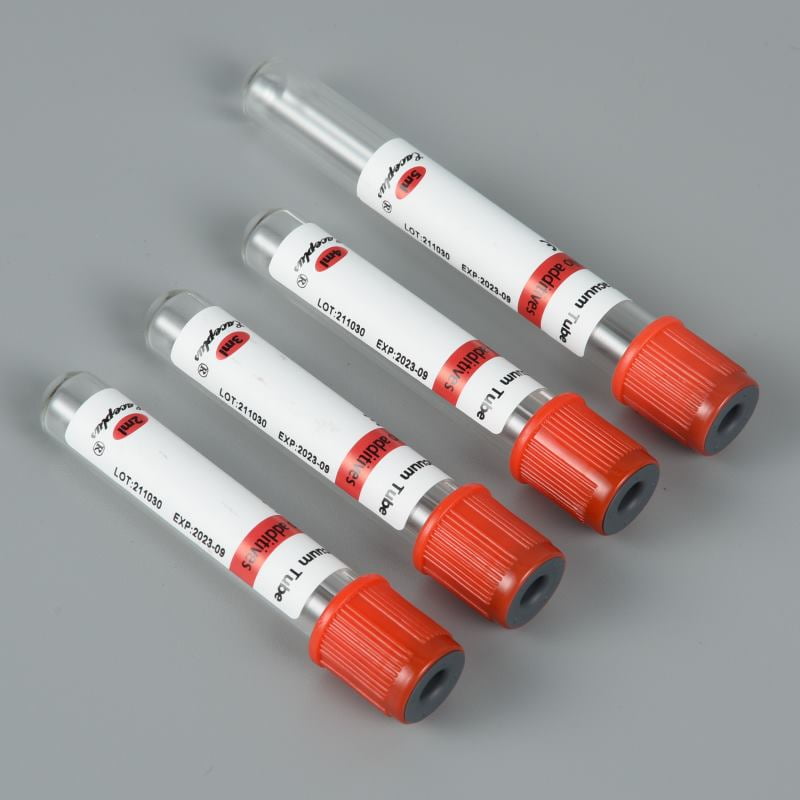Platelet-Rich Plasma (PRP) therapy has revolutionized regenerative medicine, offering promising results in orthopedics, dermatology, and aesthetics. A critical aspect of PRP therapy is the choice of blood collection tubes, with ACD-A and Sodium Citrate being the most widely used anticoagulants. This blog dives deep into the ACD-A vs Sodium Citrate debate, comparing their properties, applications, and suitability for PRP therapy. Whether you’re a medical professional or a curious reader, this guide will provide comprehensive insights to help you make informed decisions.
Table of Contents
- 0.1 Understanding PRP and Its Importance
- 0.2 What is ACD-A?
- 0.3 What is Sodium Citrate?
- 0.4 What Are PRP Blood Collection Tubes?
- 0.5 ACD-A vs Sodium Citrate: A Detailed Comparison
- 0.6 Sodium Citrate: A Simpler, Cleaner Anticoagulant
- 0.7 ACD-A vs Sodium Citrate: Detailed Comparison Table
- 0.8 The Science Behind Platelet Preservation
- 0.9 Which Produces Higher Platelet Concentration?
- 0.10 Clinical Applications: Which Tube Should You Use?
- 0.11 Use ACD-A When You Want:
- 0.12 Use Sodium Citrate When You Want:
- 0.13 How to Choose the Best PRP Tube (Simple Explanation)
- 0.14 Practices for PRP Blood Collection
- 0.15 Summary
- 1 FAQs
- 1.0.1 1. Which is better for PRP: ACD-A or Sodium Citrate?
- 1.0.2 2. Can I use EDTA tubes for PRP?
- 1.0.3 3. Why does ACD-A contain dextrose?
- 1.0.4 4. Is Sodium Citrate cheaper than ACD-A?
- 1.0.5 5. Can both tubes be used for PRP hair treatment?
- 1.0.6 6. Which tube gives a higher PRP concentration?
- 1.0.7 7. Are SINY Medical tubes certified?
- 1.0.8 8. Do I need a gel separator for PRP?
Understanding PRP and Its Importance
Platelet-Rich Plasma (PRP) is a concentrated form of plasma enriched with platelets, growth factors, and cytokines. It is derived from the patient’s own blood, making it a safe and effective treatment for tissue repair, wound healing, and anti-aging. The process involves collecting blood, centrifuging it to separate platelets, and injecting the PRP into the target area.
The choice of anticoagulant in blood collection tubes plays a pivotal role in preserving platelet integrity and ensuring optimal PRP quality. Two of the most commonly used anticoagulants are ACD-A (Acid Citrate Dextrose Solution A) and Sodium Citrate.
What is ACD-A?
ACD-A is a sterile solution containing citric acid, sodium citrate, and dextrose. It is primarily used as an anticoagulant in blood collection tubes for PRP therapy.

Key Features of ACD-A:
- Preserves Platelet Function: ACD-A maintains platelet viability by stabilizing pH levels and preventing platelet activation.
- Extended Shelf Life: The dextrose in ACD-A provides nutrients to platelets, extending their shelf life.
- Versatile Applications: ACD-A is widely used in blood banking, stem cell research, and PRP therapy.
For more details on ACD-A tubes, visit Siny Medical’s ACD-A PRP Tube page.
What is Sodium Citrate?
Sodium Citrate is a widely used anticoagulant that binds calcium ions, preventing blood clotting. It is available in concentrations such as 3.2% Sodium Citrate, which is commonly used in PRP therapy.
Key Features of Sodium Citrate:
- Simple Mechanism: Sodium Citrate prevents clotting by chelating calcium ions, ensuring smooth blood processing.
- Cost-Effective: It is more affordable compared to ACD-A, making it a popular choice in clinical settings.
- Wide Availability: Sodium Citrate tubes are readily available and compatible with most centrifuges.
Learn more about 3.2% Sodium Citrate tubes on Siny Medical’s Sodium Citrate Tube page.
What Are PRP Blood Collection Tubes?
PRP tubes are specially designed vacuum tubes containing anticoagulants to prevent clotting during blood collection. Their role is simple but crucial:
They determine how well platelets survive and how much PRP you get.
SINY Medical manufactures a full lineup of PRP tubes and blood collection tubes used worldwide, including:
- Sodium Citrate Tubes
https://www.sinymedical.com/3-2-sodium-citrate-tube/
https://www.sinymedical.com/product-category/3-2-sodium-citrate-tube/ - ACD-A PRP Tubes
https://www.sinymedical.com/product/acd-medical-prp-tube/ - Sodium Citrate PRP Tubes
https://www.sinymedical.com/product/sodium-citrate-for-prp-tube/
You can explore additional blood tube categories at:
👉 https://www.sinymedical.com/blood-collection-tubes/
ACD-A vs Sodium Citrate: A Detailed Comparison
To understand which anticoagulant is better for PRP therapy, let’s compare ACD-A and Sodium Citrate based on key parameters.
Platelet Preservation
ACD-A excels in preserving platelet function due to its ability to maintain pH levels and provide nutrients. Sodium Citrate, while effective, may lead to slight platelet activation during prolonged storage.
Shelf Life
ACD-A offers a longer shelf life for platelets, making it ideal for applications requiring extended storage. Sodium Citrate tubes are better suited for immediate processing.
Cost
Sodium Citrate is more cost-effective, making it a preferred choice for clinics with budget constraints. ACD-A, although more expensive, provides superior platelet preservation.
Compatibility
Both anticoagulants are compatible with standard centrifuges, but ACD-A tubes may require specific protocols for optimal results.
Clinical Applications
ACD-A is preferred for advanced PRP therapies, stem cell research, and blood banking. Sodium Citrate is widely used in routine PRP procedures and coagulation studies.
For a comprehensive range of PRP tubes, explore Siny Medical’s PRP Tube collection.
Sodium Citrate: A Simpler, Cleaner Anticoagulant
Sodium Citrate (3.2% or 3.8%) is the standard anticoagulant for coagulation tests and is used in many PRP systems.
SINY Medical’s Sodium Citrate tubes are found here:
- https://www.sinymedical.com/3-2-sodium-citrate-tube/
- https://www.sinymedical.com/product-category/3-2-sodium-citrate-tube/
Why Sodium Citrate Works Well for PRP
- It prevents clotting by binding calcium.
- It offers a clean, neutral anticoagulation environment.
- It’s widely available and cost-effective.
- It produces pure plasma with low contamination risk.
While it’s effective, Sodium Citrate does not contain dextrose, meaning:
- Platelets may not remain stable as long.
- Some research shows slightly lower platelet yield compared to ACD-A.
However, many clinicians still prefer it for:
- High-purity plasma
- “Pure PRP” systems
- Low activation PRP techniques
Explore Sodium Citrate PRP tubes:
👉 https://www.sinymedical.com/product/sodium-citrate-for-prp-tube/
ACD-A vs Sodium Citrate: Detailed Comparison Table
| Feature | ACD-A | Sodium Citrate |
|---|---|---|
| Anticoagulant strength | Strong | Moderate |
| Contains dextrose? | Yes (platelet nourishment) | No |
| Platelet viability | Higher | Medium |
| Platelet activation delay | Slower (better for PRP quality) | Faster |
| PRP volume | Higher | Moderate |
| Plasma purity | Good | Excellent |
| Growth factor release | Higher | Medium |
| Best for | Aesthetic PRP, Hair PRP, Orthopedics | High purity PRP, lab work |
| Cost | Higher | Lower |
| Research support in PRP | Strong | Strong |
The Science Behind Platelet Preservation
Here’s where things get interesting.
ACD-A Helps Platelets Live Longer
The dextrose inside ACD-A acts as a metabolic fuel source.
Meaning: platelets survive longer and maintain structure better.
This leads to:
- Less early activation
- Less clumping
- Higher growth factor release at the injection site
Sodium Citrate Keeps Plasma Cleaner
Sodium Citrate is less aggressive. Its neutral nature leads to:
- Very pure plasma
- Cleaner separation lines
- Less RBC contamination
Which Produces Higher Platelet Concentration?
Based on multiple comparative studies:
- ACD-A increases platelet recovery by 10–17% more than Sodium Citrate
- ACD-A tubes tend to produce higher PRP concentration
- Sodium Citrate produces high-quality PPP (Platelet Poor Plasma) but slightly lower platelet-rich fractions
This is why most premium PRP brands prefer ACD-A-based tubes.
Clinical Applications: Which Tube Should You Use?
Use ACD-A When You Want:
- Higher platelet count
- Stronger growth factor performance
- Better cell viability
- More responsive PRP for aesthetics
- More efficient PRP for knee, joint, and ligament therapy
ACD-A tubes from SINY Medical:
👉 https://www.sinymedical.com/product/acd-medical-prp-tube/
Use Sodium Citrate When You Want:
- Very pure PRP
- Minimal plasma coloration
- Clean separation for lab diagnostics
- A more affordable option
Sodium Citrate tubes:
👉 https://www.sinymedical.com/3-2-sodium-citrate-tube/
How to Choose the Best PRP Tube (Simple Explanation)
Let’s strip the science down to something simple:
- You need higher platelet survival → Choose ACD-A
- You need cleaner plasma with low cost → Choose Sodium Citrate
- You want FDA/CE compliant PRP systems → Use whichever the system requires
Both are safe. Both work.
But the difference lies in what outcome you want your PRP therapy to deliver.
Practices for PRP Blood Collection
To ensure optimal PRP quality, follow these best practices:
- Use High-Quality Tubes: Invest in reliable ACD-A or Sodium Citrate tubes from trusted suppliers like Siny Medical.
- Follow Proper Protocols: Adhere to centrifugation guidelines and storage recommendations for the chosen anticoagulant.
- Monitor Platelet Count: Regularly assess platelet concentration to ensure therapeutic efficacy.
- Train Staff: Ensure that medical personnel are trained in PRP collection and processing techniques.
For more tips on blood collection, visit Siny Medical’s Blood Collection Tubes page.
Summary
The ACD-A vs Sodium Citrate debate highlights the importance of choosing the right anticoagulant for PRP therapy. ACD-A offers superior platelet preservation and extended shelf life, making it ideal for advanced applications. On the other hand, Sodium Citrate is a cost-effective solution for routine PRP procedures.
For reliable PRP tubes and expert advice, visit Siny Medical. Whether you’re a medical professional or a patient, understanding these differences will help you achieve optimal results in PRP therapy.
For more information, check out our YouTube channel and explore our product catalog.
This blog is optimized for SEO and includes internal and external links to enhance readability and ranking. For further inquiries, contact us at Siny Medical’s Contact Page.
FAQs
1. Which is better for PRP: ACD-A or Sodium Citrate?
ACD-A typically gives higher platelet viability and growth factor release. Sodium Citrate gives cleaner plasma but lower platelet yield.
2. Can I use EDTA tubes for PRP?
No. EDTA damages platelets and makes PRP unusable.
3. Why does ACD-A contain dextrose?
Dextrose helps stabilize and nourish platelets, preventing early activation.
4. Is Sodium Citrate cheaper than ACD-A?
Yes, Sodium Citrate tubes are usually more affordable.
5. Can both tubes be used for PRP hair treatment?
Yes, but most doctors prefer ACD-A for higher platelet survival.
6. Which tube gives a higher PRP concentration?
ACD-A consistently yields higher platelet concentration.
7. Are SINY Medical tubes certified?
Yes—SINY Medical manufactures globally distributed medical tubes with international certification. Learn more:
👉 https://www.sinymedical.com/
8. Do I need a gel separator for PRP?
This depends on your PRP technique. Both gel and non-gel systems work.

